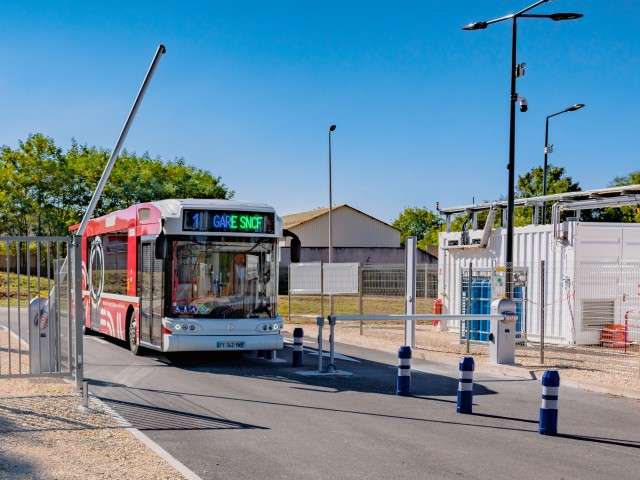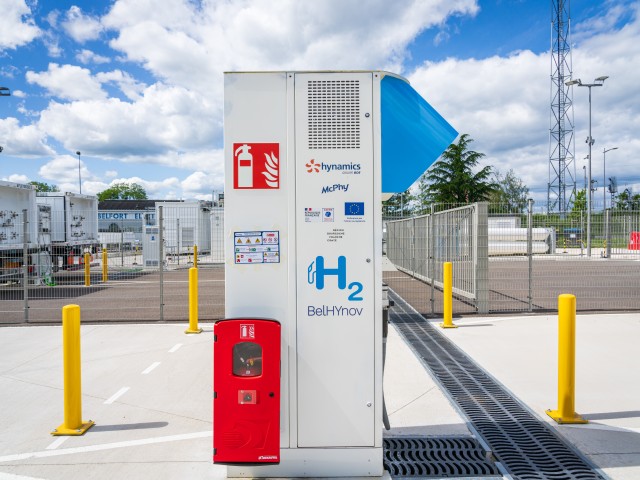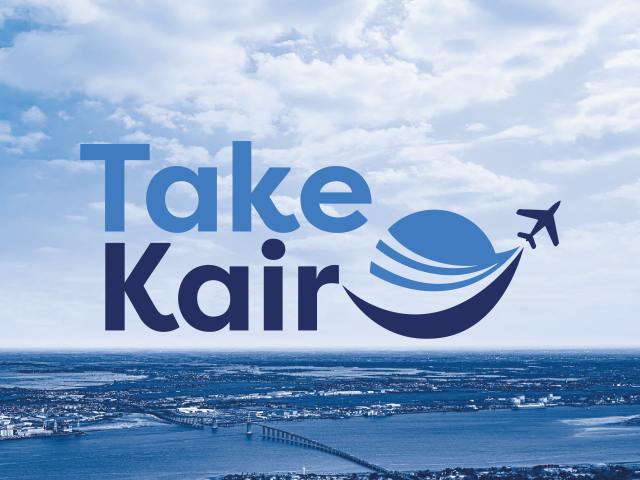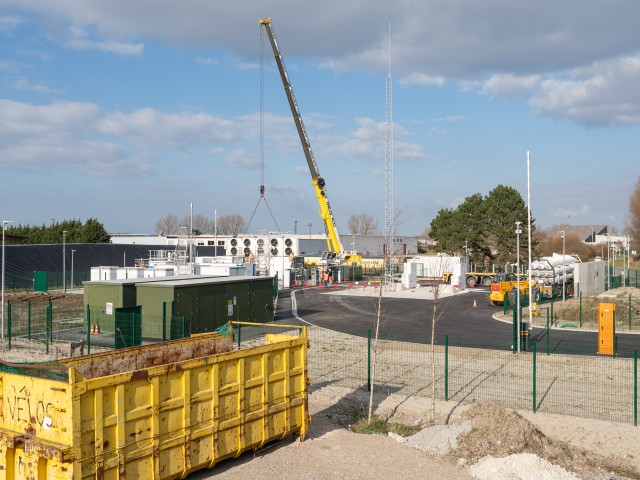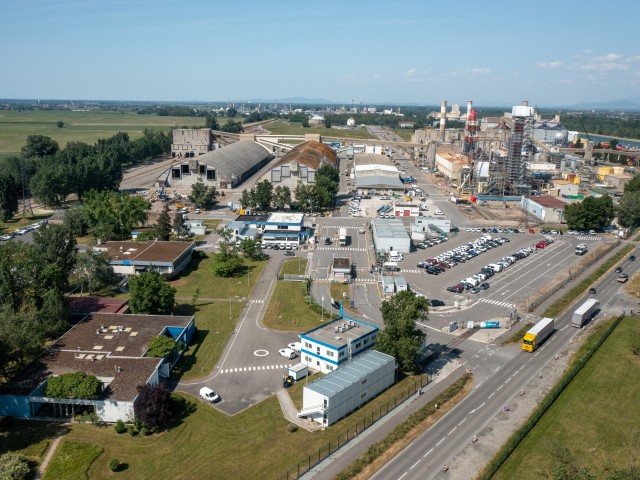The urgent need to decarbonise mobility and industry, major CO2 emitters
Steel production in France emits around 20 million tonnes of CO2 per year, or 5% of the country's total greenhouse gas emissions. Most of these emissions come from the primary production of steel, which is based on ore and mainly uses coal. The transport sector is the biggest emitter of CO2, with more than 20 million tonnes from air transport and 5.5 million tonnes from maritime transport.
In addition, around 400,000 tonnes of carbonated hydrogen are currently produced from fossil gas and consumed by French industry, mainly in the chemicals and refining sectors, generating 4 million tonnes of CO2. In all these sectors, hydrogen produced by electrolysis of water will play a key role in achieving our climate objectives. Translated with DeepL.com (free version)
Hynamics, a hydrogen player confronted with the reality of operating an electrolyser
Hynamics, a wholly-owned subsidiary of the EDF Group, is developing projects to produce hydrogen by electrolysis of water, using renewable, low-carbon electricity, to meet the needs of industry and heavy transport. Created in 2019, Hynamics draws on several decades of research and development within EDF on electrolysis technology, enabling it to fully master this technology and offer its customers a stable and competitive supply of clean hydrogen.
This expertise is reflected in the commissioning of its first hydrogen production and distribution site in Auxerre in 2021, designed to supply the town's public transport system. The operation of this first electrolyser, followed in April 2024 by the one in Belfort, and three more to come in Dunkirk, Cannes and the Paris region in 2025, will give Hynamics unique experience in the operation and maintenance of hydrogen production assets using water electrolysis.
Expertise in heavy mobility for large-scale industrial projects
This technological expertise has enabled Hynamics to develop large-scale projects for industrial sectors, such as chemicals, that have been described as ‘difficult to decarbonise’. This is the case with the ABC Ottmarsheim project, which aims to substitute some of the fossil hydrogen used by LAT Nitrogen's fertiliser production site in Alsace, one of the 50 French industrial sites with the highest CO2 emissions. Supported by the French government, this 50 MW project will replace more than 6,500 tonnes of fossil hydrogen a year from 2027, representing an annual saving of 48,000 tonnes of CO2. The decarbonisation of this site will also enable French agriculture to benefit from a fertiliser with a lower environmental impact than inputs derived from fossil fuels, which are still largely imported.
Producing synthetic fuels to decarbonise the aviation and maritime sectors
At the same time, Hynamics is developing projects to produce synthetic fuels, or electrofuels, made from CO2 and low-carbon electricity. The advantage of these low-carbon fuels is that they can be used in existing motorisation systems, particularly when mixed with conventional liquid fuels. This is the case with the synthetic paraffin that will be produced by the Take Kair project, led by Hynamics in the Saint-Nazaire industrial port zone, in partnership with Axens and IFPEN. This e-kerosene, made from hydrogen produced by a 200 MW electrolyser and CO2 captured at Holcim's Saint-Pierre-La-Cour cement plant, will supply the Air France-KLM fleet, enabling the airline to meet its European targets for the incorporation of sustainable aviation fuels.
Discover our projects in France
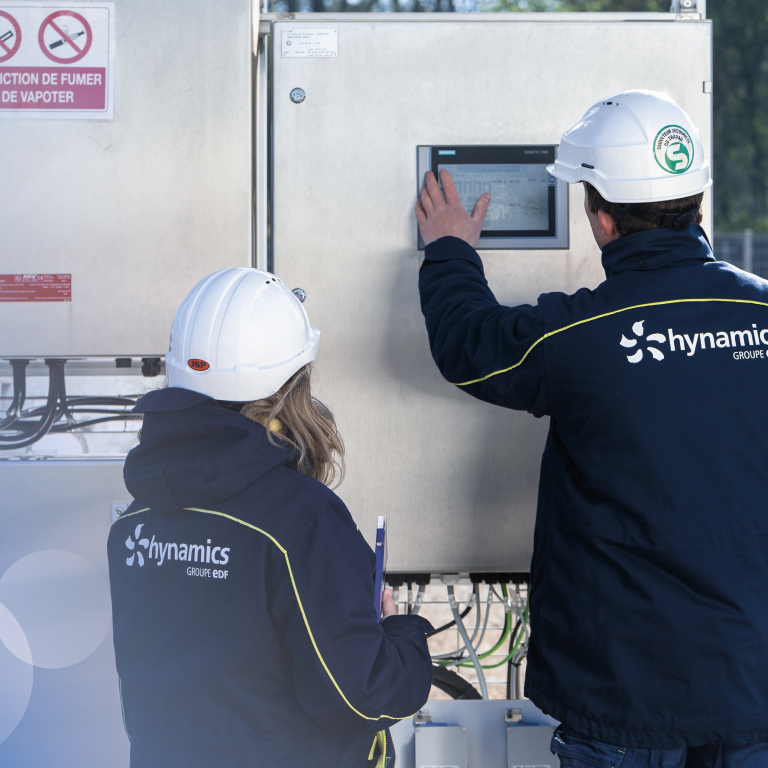
A QUESTION?
Contact our experts
Could hydrogen be a solution for decarbonising your industry? Do you have a hydrogen mobility project for your company or local authority? We'd love to hear from you!

